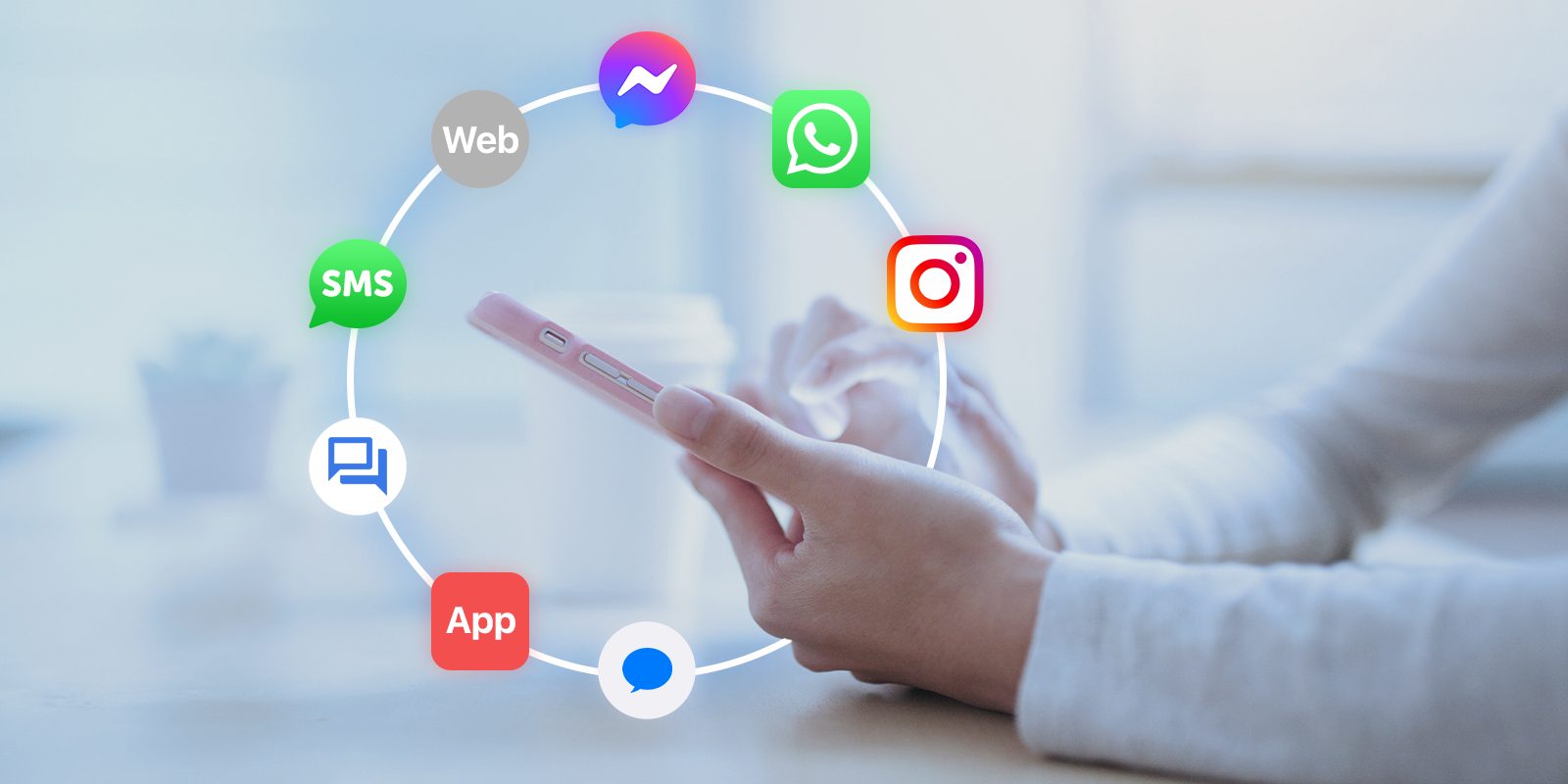Over the past year, businesses have been forced to rapidly adapt to consumers’ sudden shift in purchasing behavior. Customer service teams, in particular, have faced significant change with nearly half of customer support leaders experiencing a sudden lift in inbound customer service volume and issues due to the pandemic (Gartner).
This abrupt spike in customer support needs has strained customer service teams and yielded intolerable wait times for customers looking to reach representatives through traditional channels like phone and email. Recent surveys from NBC and studies from Harvard Business Review illustrate that 75% of consumers feel that customer service has gotten worse amidst the pandemic and that call center hold times have increased by as much as 35%.
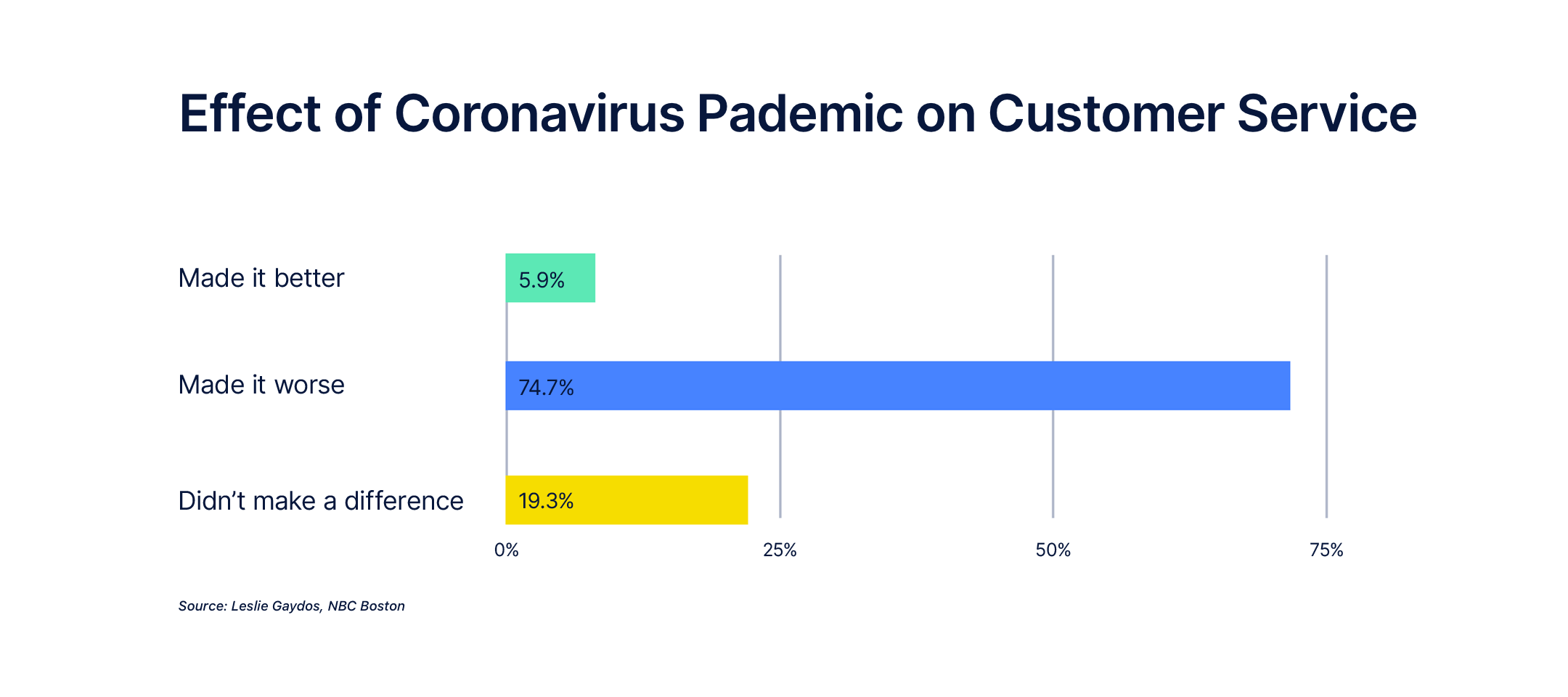
The Strategic Opportunity in Digital Customer Service
While the increased demand for customer support has produced many business challenges, it also has presented an opportunity for brands to better connect with customers, provide better experiences, and foster stronger relationships through the channels that they prefer — messaging apps.
Today, when approaching businesses for support, customers are accelerating their shift from phone and email to third-party messaging channels including WhatsApp, Facebook Messenger, Apple Messages for Business, and more. In fact, Facebook recently reported that 64% of consumers prefer to message a business instead of communicating through call centers or email.
This rapid shift is welcomed news for businesses looking to alleviate the strain on their customer support teams while simultaneously providing customers with faster customer support. That’s because, when paired with highly-intelligent conversational automation platforms, messaging channels are empowered to deliver instantaneous, always-on self-service experiences that modern consumers prefer.
However, with a growing number of messaging services out there, it can be difficult for customer service leaders to figure out where to get started, identify which channels will be most effective, and deploy customer service experiences at scale.
To help brands navigate the messaging space, we’ve outlined some important factors to consider when choosing the right messaging channel as well as key benefits of each of the most popular messaging services. Let’s dive in.
Evaluate existing customer service channels
First, before customer service leaders begin selecting which messaging services will best meet their needs, it’s important for them to evaluate the performance of any of their existing digital channels and understand how they are currently being used.
Brands should take inventory of each of their existing contact points and understand the kind of customer inquiries most often received on each channel. In addition to the channels that customers currently use most, it is also vital for teams to understand the types of customer support needs that shoppers have when reaching out to customer service. For example, a lot of retail brands will receive phone calls from customers simply wanting to know “Where’s my order?”
Some brands may find that the bulk of inbound inquiries received are related to new products and product discovery. it will be important for them to consider messaging channels that can support rich data snippets like product card carousels. These rich product presentations provide an enhanced messaging experience and can provide lots of information in a relative tight space.
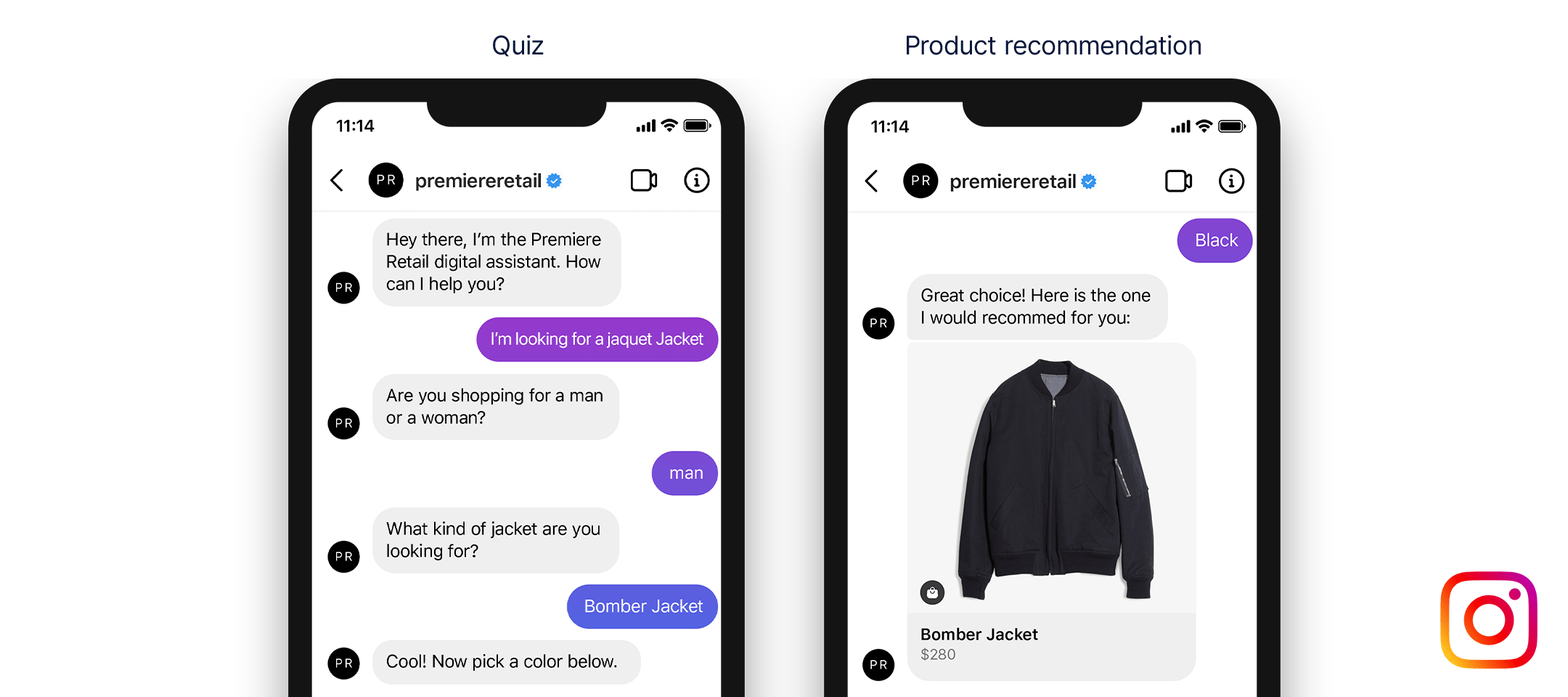
Lastly, after analyzing the intent of support requests, customer service leaders should consider where the majority of inbound inquiries fall within the customer journey. Are the bulk of customers contacting support for pre-purchase related questions? Or maybe the majority of inquiries reflect customers who have order management related needs? Determining where inbound inquiries are coming from within the buying journey can be extremely helpful when selecting the right messaging channels for support.
By understanding where customers are and what they are asking when contacting support, customer service leaders can make far more strategic choices when expanding into new messaging channels.
Unique customer support benefits of 4 different messaging channels
When selecting new digital customer service channels, brands are faced with a dizzying amount of factors to consider. Each third-party messaging service has its own set of features and functionality, rules that brands must follow, and customer entry points.
To help clarify this fragmented marketplace, Forrester recently published a report entitled Use Popular Third-Party Messaging Platforms For Customer Service, which illustrates the unique benefits of the four most widely used messaging channels in the US for customer service — Apple Messages for Business, Google’s Business Messages, Facebook Messenger, and WhatsApp. We’ve included a summary of the report’s findings on each of these channels below.
Apple Messages for Business
While Apple Messages for Business cannot boast the volume of business partners that Facebook’s Messenger platform has, Forrester’s report categorizes it as one of the fastest growing customer service channels.
Whether through Apple Maps, Siri, Safari, or an iOS app, Apple Messages for Business has no shortage of potential entry points and use cases. As such, it has broad appeal and application despite being confined within the Apple ecosystem.
Like most of the other major messaging platforms, Apple Messages for Business requires brands to provide human agents in the instance a customer chooses to escalate an inquiry from automated, self-serve support.
However, Apple Messages for Business differentiates itself through transactions, authentication, and privacy. For brands looking to better support shoppers pre-purchase related inquiries, Apple Messages for Business enables brands to drive revenue through product discovery and appointment scheduling capabilities.
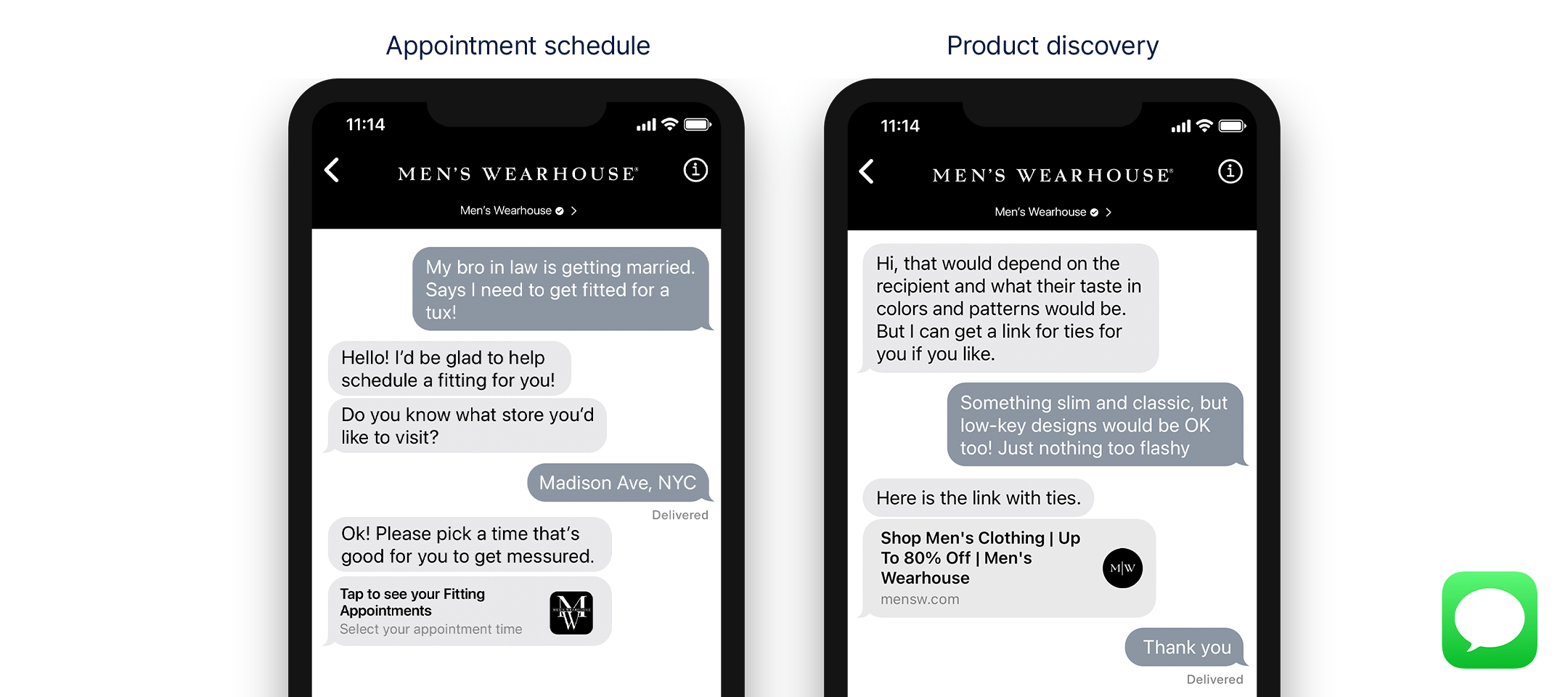
In the example above, Men’s Wearhouse leverages Apple Messages for Business to convert general inquiries and product-related questions into website sales and scheduled appointments.
Furthermore, through an integration with Apple Pay, Apple Messages for Business is able to process transactions and provide a fully comprehensive, end-to-end purchasing experience entirely within a chat. With its unique capability to process transactions, Apple Messages for Business is a valuable channel for brands that are looking to better support their top-of-funnel customers and convert inbound inquiries into revenue.
Google’s Business Messages
Google’s Business Messages was the last significant player to enter the world of digital customer service, but it arrives built-in to services that have massive reach and broad appeal — Google Search and Google Maps.
Providing that a business has registered with Google and enabled Business Messages, customers who search for that business on Google can initiate a conversation through a chat icon that appears in Maps or Search results.
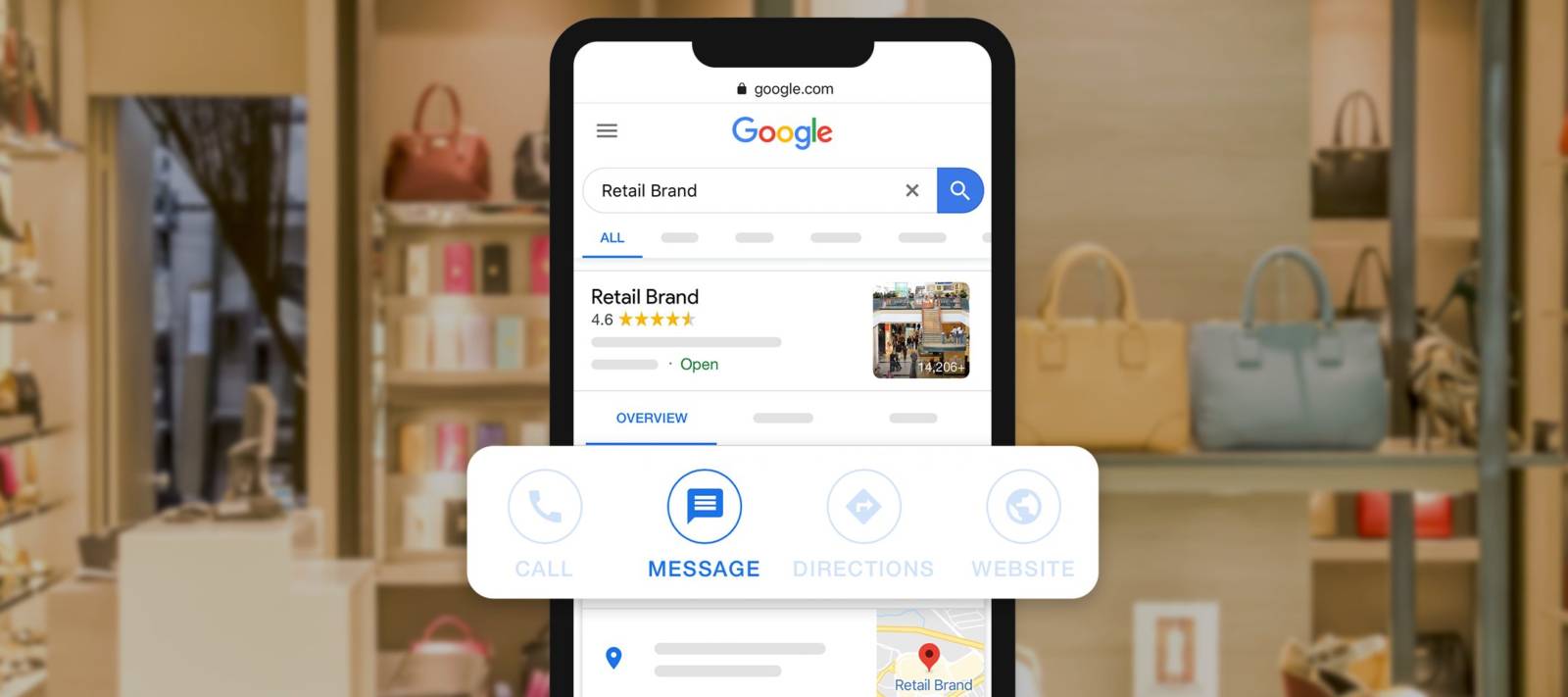
Google’s Business Messages differentiates itself through the massive reach of these entry points, including the world’s largest search engine.
For brands looking to resolve a high volume of general inquiries through automated messaging, Google’s Business Messages provides a powerful opportunity to redirect customers searching for their business to a self-service channel.
Similar to Apple Messages for Business, Google’s Business Messages requires human agents to serve as backups in case a customer support inquiry is too complex for automation and requires to be escalated. Google’s Business Messages actually takes it one step further by requiring businesses to respond to users within a 24 hour time period.
Messenger
Facebook’s Messenger service was opened up to businesses in 2016 and, since then, it has surged in growth and adoption. Most recently, Facebook extended its Messenger’s API to support automated business messaging on Instagram, further extending its reach into one of today’s most popular social networks.
With multiple potential entry points for customers, across both Facebook and Instagram, Messenger provides dozens of use cases for customers to initiate conversations to seek customer support. Customers can initiate Messenger conversations with business through their profile pages, Facebook/Instagram shops, story posts, and even from ads.
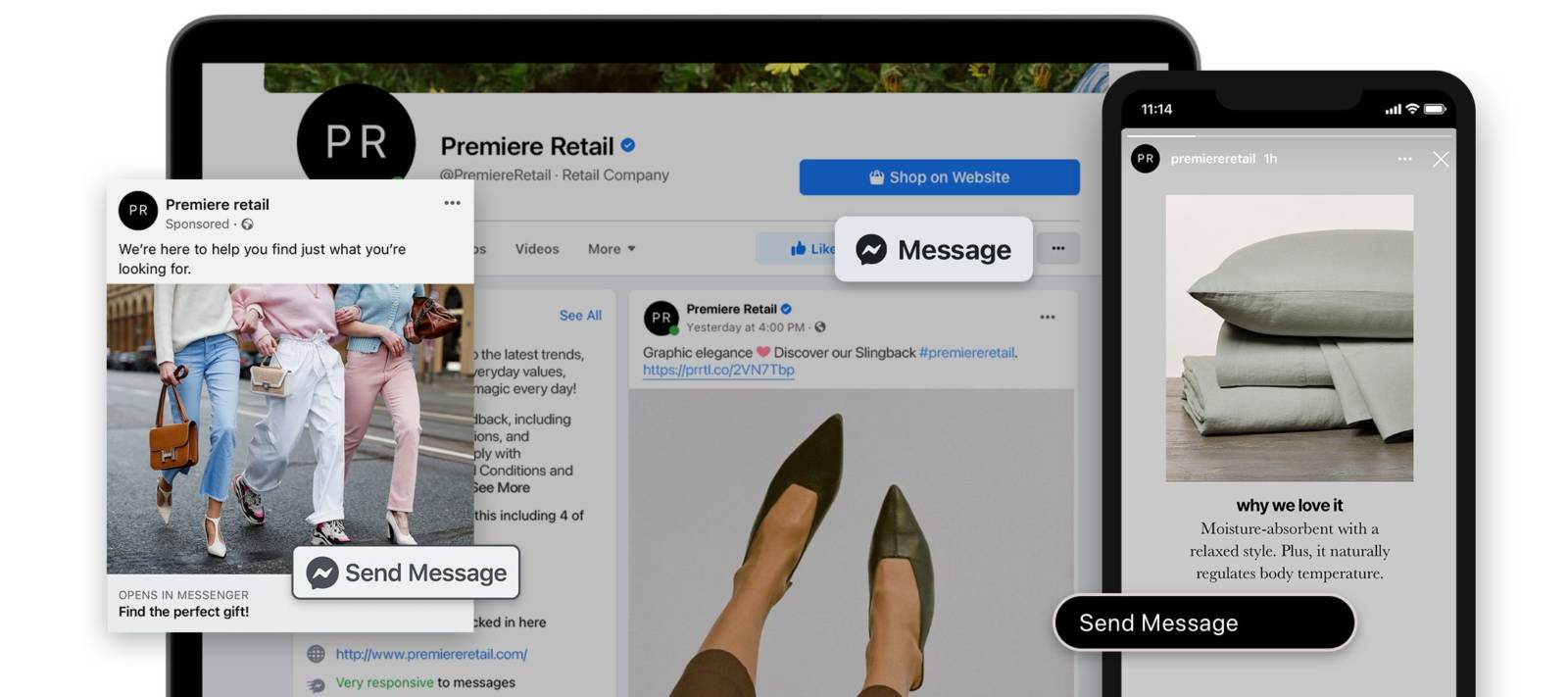
Through these assorted entry points, Messenger is broadly applicable for supporting customers at just about any stage of their customer journey.
What truly sets Messenger apart from other Messaging platforms, however, is its enhanced capability to proactively address customer support needs. Using sponsored messages, brands can use Messenger to send customers proactive notifications including reminders, information on recently purchased items, and more.
When paired with an automated messaging platform, support teams can even use Messenger to automatically respond to customers’ comments on their brand’s Facebook or Instagram posts and proactively address their needs.
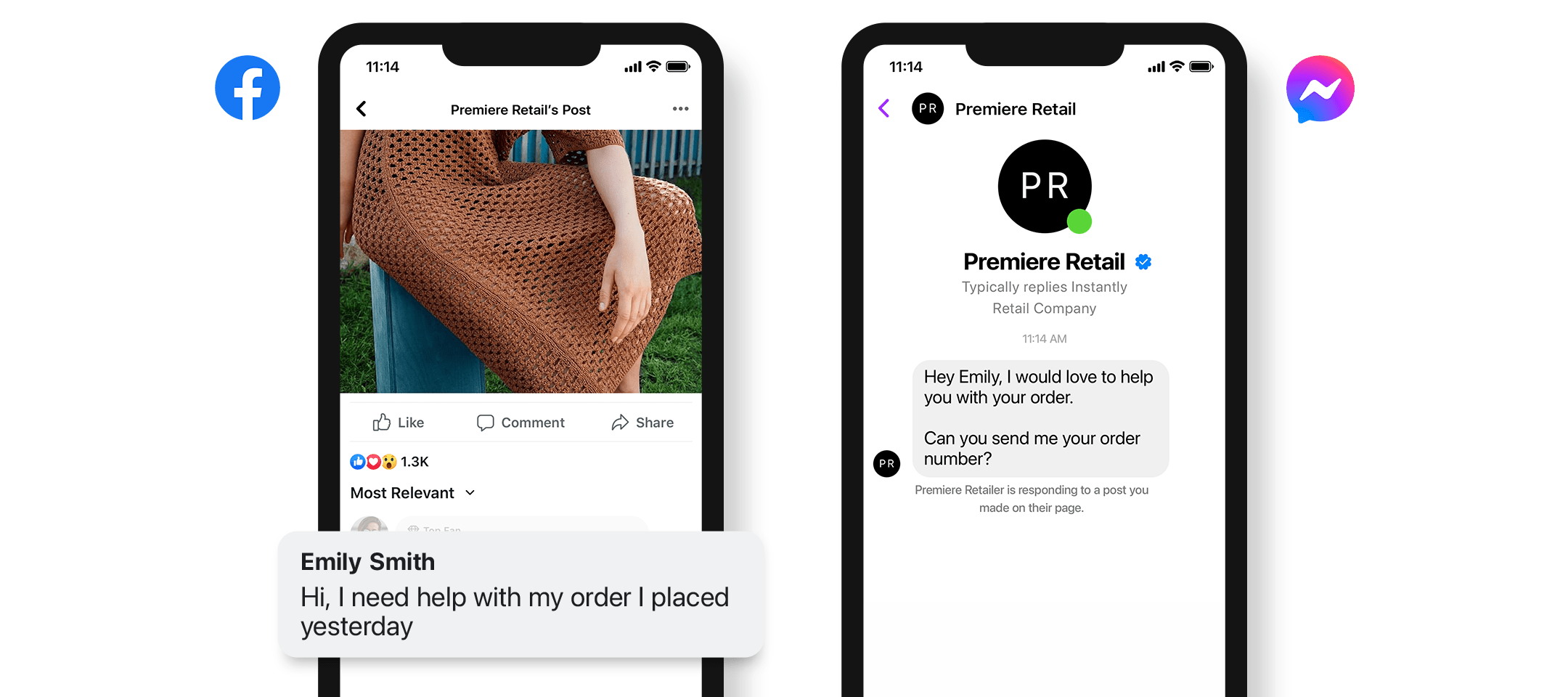
Since launching on iPhones and Android devices in 2018, WhatsApp has extended its reach through its dedication to customer service over marketing. It’s growth has led to WhatsApp possessing, of all the third-party messaging services, the largest audience of consumers around the globe. Forrester’s report states that 2 billion consumers use WhatsApp including 400 million users in India and 120 million in Brazil.
Like Apple Messages for Business and Google’s Business Messages, the majority of customer service interactions that take place on WhatsApp are initiated by the consumer from various entry points including the business’s website, Facebook Page, or a unique link. However, as a member of Facebook’s suite of messaging products, WhatsApp can leverage Facebook and Instagram ads that include click-to-chat buttons in order to draw more users into branded conversations.
Where WhatsApp sets itself apart from the other predominant messaging apps is in IVR and call deflection. WhatsApp ranks only behind SMS in terms of inbound support calls that are redirected to messaging.
Providing Consistent Customer Experiences Across Digital Channels
Ultimately, while each of these messaging services are uniquely positioned to address specific customer service needs, managing new digital customer service channels is still a complicated process with numerous factors, features, and rules to consider.
In need of more detailed analysis of each channel? Download the full Forrester’s report, Third-Party Messaging Platforms For Customer Service, for a deeper dive into each messaging channel’s capabilities, use cases, and challenges.

